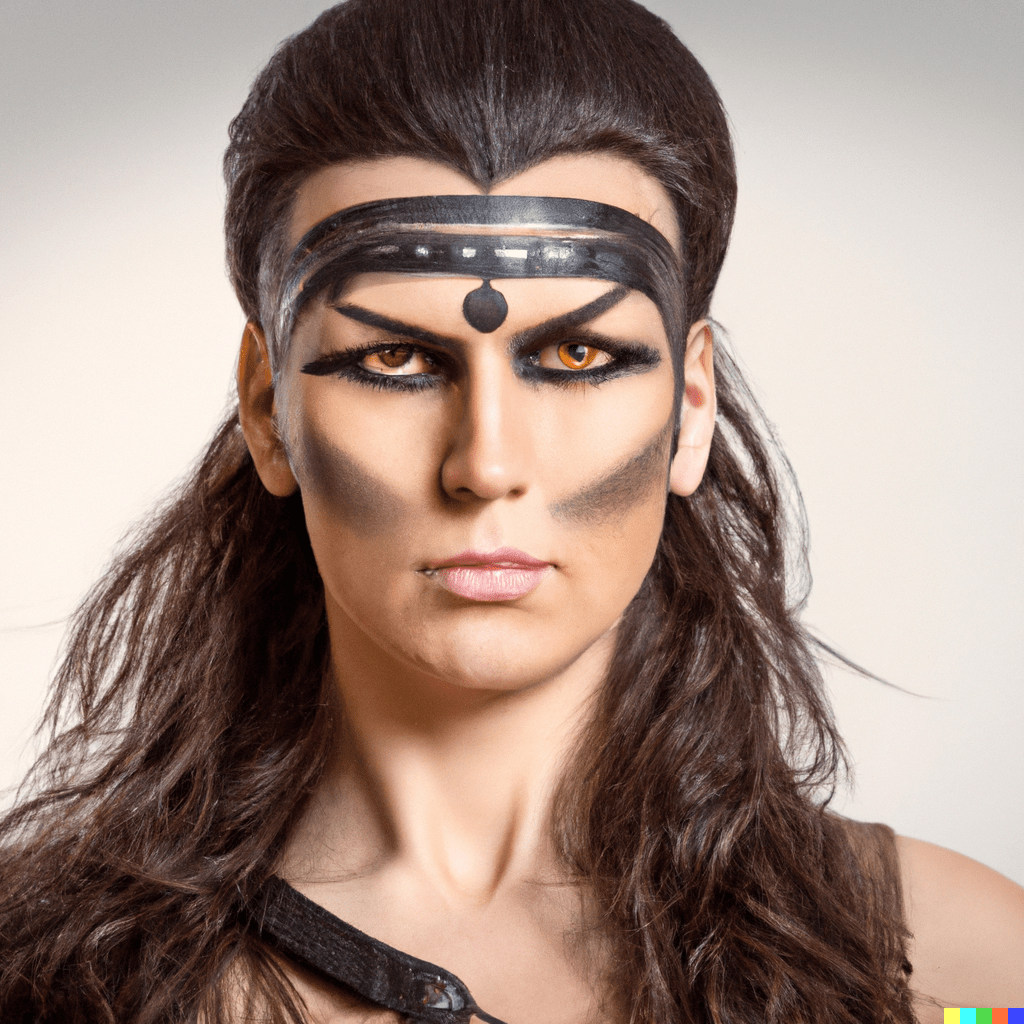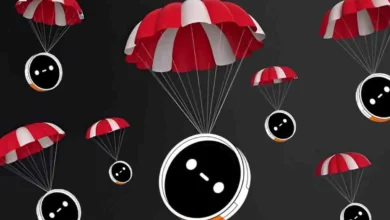AI-generative art predicted to be next trend for NFT sector

Gross sales of nonfungible tokens, or NFTs, reached $25 billion in 2021, demonstrating that the sector is likely one of the most sought-after markets in crypto. Artwork NFTs, specifically, made a big effect final yr with Christie’s reporting over $93 million in nonfungible token gross sales throughout its fourth annual Artwork+Tech Summit that occurred this previous August.
Whereas notable, a lot of the crypto artwork scene seems to be dominated by cartoons and memes, as tasks like CryptoPunks and Bored Ape Yacht Membership have taken heart stage. Though these tasks are a number of the most profitable so far, a brand new subset of NFTs is rising based mostly on superior applied sciences and the human creativeness.
AI-generative NFTs grow to be a brand new artwork style
Table of Contents [hide]
Generally known as “AI-generative NFTs,” these nonfungible tokens have gotten more and more standard inside the artwork group, together with these all for rising applied sciences like synthetic intelligence, blockchain and the Metaverse. In an effort to create AI-generative NFTs, one would usually use generative adversarial networks, or GANs. These are algorithms that leverage computer systems to make use of information to coach fashions to provide machine-made pictures resembling artwork.
Claire Silver, an AI-collaborative artist, instructed Cointelegraph that AI-generative NFT artwork is a comparatively new style, noting that the fundamental precept is that artwork is created in tandem with some semblance of synthetic intelligence, like GAN:
“There are code-heavy choices and utterly code-free instruments that anybody can work with. I take advantage of the latter in my work. With the ability to work with an AI to convey your concepts to life is an expertise like no different, it augments creativity in a means that looks like freedom, a kind of play you have not skilled because you had been a baby.”
In an effort to create AI-generative NFTs, Silver defined that she leverages a text-to-art generator referred to as “Eponym.” Developed by the AI-generated artwork firm, Artwork AI, the Eponym software permits customers to create artwork based mostly on their textual content of alternative after which mint these creations on to the biggest NFT market, OpenSea.

Eyal Fisher, co-founder of Artwork AI, instructed Cointelegraph that Eponym permits for any phrase to be reworked into a novel NFT artwork piece that may without end be etched onto the Ethereum blockchain as a visible illustration.
Fisher defined that Eponym was constructed on algorithms for personalised generated artwork that lets folks create artwork by interacting with a pc. “Eponym is a collaborative NFT undertaking. Customers entry it by coming to the web site and typing any phrase or phrase right into a textual content field. The AI then generates paintings based mostly on the textual content entered.” Fisher added that every textual content immediate can solely be generated as soon as. “There is just one Eponym referred to as ‘Bitcoin,’” he stated.

Though AI-generative artwork is a reasonably new idea, Fisher shared that the first Eponym project offered out in a single day on OpenSea, making it one of many largest collaborative artwork tasks created by 3,500 totally different artists. “That is an experiment in decentralizing artwork. Individuals who personal Eponyms are creators of that artwork and wish to curate it,” he stated.
Whereas Eponym lets customers create their very own artwork NFTs, Metascapes is one other undertaking that was developed by three photographers seeking to mix human expression with laptop algorithms. Ryan Newburn, one of many photographers behind Metascapes, instructed Cointelegraph that the undertaking consists of three,333 uncommon AI-generated NFTs based mostly on pictures taken the world over. Like Eponym, Metascapes leverges AI algorithms to create nature-inspired NFTs. In accordance with Newburn, the primary Metascapes assortment is deliberate to be minted by the top of this month or early February.

The AI-team behind Metascapes — which matches by the title Versus Labs — defined that the paintings in every assortment is created by coaching information to acknowledge real-world pictures:
“We now have pictures and labels for our pictures, that are referred to as ‘coaching information.’ When it’s time to generate the output mannequin, we put in a label that tells the mannequin what kind of pictures to place out. For instance, ice caves and volcanoes had been two classes the photographers have accomplished work for prior to now, however this wasn’t a majority of the enter information, so we needed to ensure the output contained examples of ice caves and volcanoes.”
Versus Labs added that Metascapes’ AI learns because it goes, noting that the generator that outputs information will get higher over time since two fashions of studying are being utilized in tandem. “The generator outputs random noise initially and the discriminator mannequin tells the generator the right way to enhance the output, so it seems extra just like the coaching information. This cycle continues, making certain each fashions enhance over time.”
Iurie Belegurschi, one other photographer behind Metascapes, instructed Cointelegraph that as photographers, the Metascapes crew selected to work with AI to generate pictures as a result of every part associated to NFTs and Web3 is about machines, computer systems and code:
“We determined to collaborate with a machine to create a completely new world within the Metaverse. Everybody now’s shopping for PFP avatars, however in our case, folks will get a novel piece of land within the Metaverse.”
AI’s influence on artists and NFT collectors
Though AI-generated NFTs are nonetheless an rising idea, this mannequin has began to influence each artists and NFT collectors. As an example, the digital artist often known as “Kami was Here” instructed Cointelegraph that working with AI has basically modified the function of the human artist:
“The human wants the algorithm and the algorithm wants the human. For me, this new function meant information assortment, writing code, curation, the inspiration to create a theme and, most of all, ‘teaching’ an algorithm. The method is dynamic and the result collaborative.”
When it comes to how generative artwork NFTs differ from different nonfungible tokens, “Kami was Right here” defined that every result’s totally distinctive since it’s birthed from an algorithm. “Generative artwork explores the way forward for a society hardwired with human-computer interplay,” the artist talked about.
Furthermore, Fisher identified that accessibility and a newfound want to personal NFTs has been an consequence of AI-generated pictures. “A lot of our customers are creating NFTs for the primary time, whereas NFT collectors and consumers are making their very own creations. That is uncommon, as most individuals in our group usually are not skilled artists.”
Dr. Alex Alter, precept AI-scientist for Altered State Machine — a protocol that makes use of NFT intelligence to create good AI brokers — additional instructed Cointelegraph that not solely do AI-generated NFTs look distinctive, however in addition they convey a deeper summary feeling to people. “These NFTs are really distinctive within the sense that there isn’t a single space in any of the AI works which have related pixels. Additionally, sooner or later, folks will have the ability to create AI paintings by DAOs and chatbot expertise. That is way over what different NFTs can do right this moment.”

Can AI be trusted to create significant NFTs?
Whereas the potential for AI-generative NFTs is obvious, the query of whether or not or not synthetic intelligence may be trusted to generate high quality pictures based mostly on textual content or pictures stays a priority.
As such, Newburn talked about that Metascapes fastidiously curates every of their collections. “Our AI crew has generated tens of 1000’s of pictures. Not all of those can be showcased in our mints. If we aren’t glad with the class, we strategize and retest what classes will work with one another. Our AI has realized from a number of assessments.”
It’s additionally essential to notice that there are alternative ways to generate AI-based NFTs. As an example, Fisher talked about that Eponym has two variations of its generator obtainable to the general public, one on the corporate’s Discord channel working as a chatbot and the opposite as a personal hyperlink that accommodates extra complicated algorithms able to creating extra superior pictures. “Kami was Right here” additional identified that some AI-art items can take just a few minutes to generate, whereas others can take longer:
“There are free apps now like Wombo that may simply generate pictures. It’s easy for folks to create. Alternatively, AI artwork can even take months to construct and prepare your algorithms, gather enter information and pay for processing energy. AI artwork will also be very useful resource intensive and personalised.”
Expertise apart, AI-generative NFTs are certain to be a disruptive development transferring ahead. In accordance with Dr. Alter, AI-generated artwork has already seen large volumes on OpenSea, noting that the market will proceed to develop this yr. He talked about that this would be the case partially because of the performance of AI-generative NFTs. “Sooner or later, folks will have the ability to personal their very own ‘AI artist’ NFT (AI which may produce artwork) or use a DAO AI to create artwork along with that AI artist.”
Moreover, the rise of the Metaverse ought to immediate the expansion of AI-based NFTs. For instance, Fisher remarked that Eponym’s subsequent undertaking will characteristic interactive digital identities the place customers can take their very own portraits to create 3D avatars and animate them utilizing synthetic intelligence. “Our thought is to make use of AI that may enable for avatars to take totally different shapes which might be appropriate in metaverse environments like Sandbox. In February, the corporate can be introducing further algorithms that may enable customers to generate personalised avatars.”



